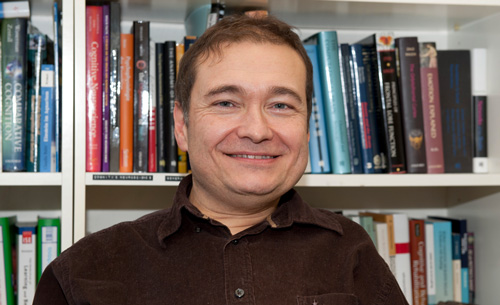What the research on Whistled Turkish says about the neural structure
Every language has its own peculiarities, and according to a recent research, the Turkish language is unique in the way brain is used during Turkish whistling.
For those who are not familiar with this method of communication: Whistled Turkish is literary Turkish language, adapted into whistles. Mainly practiced in the villages of Black Sea coast of Turkey, the language allows communication in distances of 50 to 90 meters. Similar practices have also been observed around the world, in places such as the highlands of northern Laos - the Brazilian Amazon, Atlas mountains, and Canary Islands.
Recently, the language interested the Turkish-born German biopsychologist, Onur Güntürkün, leading to his research about the neural analysis of the language. Güntürkün focused on the neural activities that take place while the language is spoken. It is commonly accepted that the left hemisphere governs linguistic activities, whereas the right hemisphere is about melody and rhythm.
By applying the dichotic listening technique, Güntürün demonstrated that the respondents understood regular Turkish through their right ear, whereas they understood the bird language through their left and right ears, suggesting the use of both hemispheres during the processing of the sound.
The research challenges the asymmetrical view of the brain structure, and provides new research perspectives for those whose left-hemisphere are damaged. The daily use of whistling is decreasing due to advancements in communication tools, so Güntürün's research is crucial in the way it explores this form of language as a research subject.
Onur Güntürkün is a Turkish-German neuroscientist, and he is currently a Professor of behavioral neuroscience at Ruhr University Bochum. In 2013, he was awarded wit the Gottfried Wilhelm Leibniz Prize.
